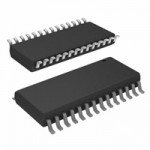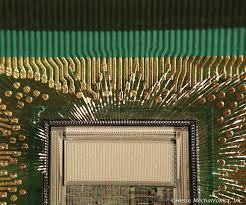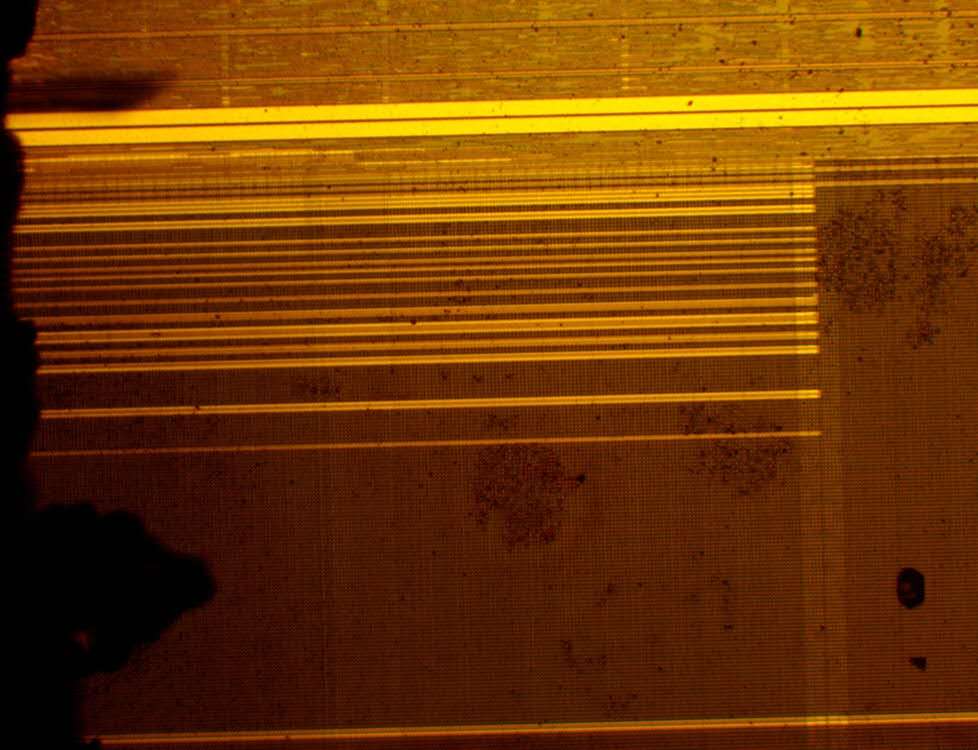Crack MCU ATMEGA16PA Firmware
Crack MCU ATMEGA16PA memory and extract MCU Firmware out from its flash and eeprom memory, decapsulate the silicon package of the microcontroller ATmega16PA and locate its security fuse bits;
Crack MCU ATMEGA16PA memory and extract MCU Firmware out from its flash and eeprom memory, decapsulate the silicon package of the microcontroller ATmega16PA and locate its security fuse bits
Program Flash memory space is divided in two sections, the Boot Program section and the Application Program section. Both sections have dedicated Lock bits for write and read/write protection.
The SPM instruction that writes into the Application Flash memory section must reside in the Boot Program section. During interrupts and subroutine calls, the return address Program Counter (PC) is stored on the Stack if mcu ATmega1281 firmware unlocking.
The Stack is effectively allocated in the general data SRAM, and consequently the Stack size is only limited by the total SRAM size and the usage of the SRAM.
All user programs must initialize the SP in the Reset routine (before subroutines or interrupts are executed). The Stack Pointer (SP) is read/write accessible in the I/O space. The data SRAM can easily be accessed through the five different addressing modes supported in the AVR architecture after mcu ATmega2561 heximal unlockin.
The memory spaces in the AVR architecture are all linear and regular memory maps. A flexible interrupt module has its control registers in the I/O space with an additional Global Interrupt Enable bit in the Status Register.
All interrupts have a separate Interrupt Vector in the Interrupt Vector table. The interrupts have priority in accordance with their Interrupt Vector position. The lower the Interrupt Vector address, the higher the priority if MCU ATtiny48 program unlocking.
The I/O memory space contains 64 addresses for CPU peripheral functions as Control Registers, SPI, and other I/O functions. The I/O Memory can be accessed directly, or as the Data Space locations following those of the Register File, 0x20 – 0x5F.
In addition, the ATmega16a has Extended I/O space from 0x60 – 0x1FF in SRAM where only the ST/STS/STD and LD/LDS/LDD instructions can be used.
Tags: crack mcu archive,crack mcu bin,crack mcu code,crack mcu content,crack mcu data,crack mcu eeprom,crack mcu file,crack mcu firmware,crack mcu hex,crack mcu information,crack mcu memory,crack mcu program




